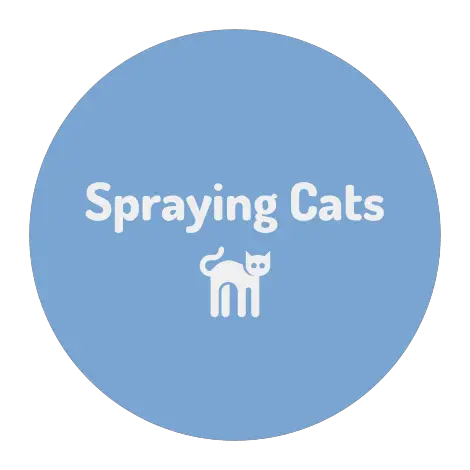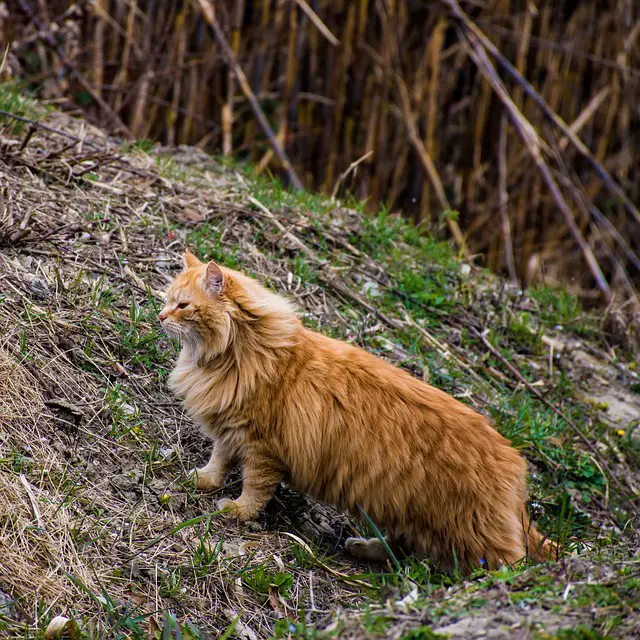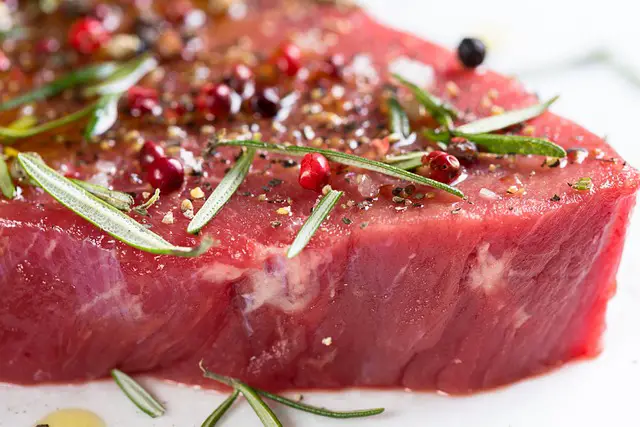As a cat owner, you know your feline friend needs proper care and attention to stay safe and healthy. But what about feral cats? When temperatures drop, how cold is too cold for these wild cats? Let’s explore the answer.
How cold is too cold for feral cats?
Regarding feral cats, it is essential to consider the effects of cold weather on their well-being.
While some cats are incredibly hardy and can handle temperatures as low as -50 degrees Fahrenheit, most unaccustomed feral cats will suffer in temperatures lower than 32 degrees Fahrenheit.
Without reliable insulation from extreme temperatures and access to food and water sources, even short exposure to freezing temperatures can cause hypothermia or frostbite for poor feral cats.
For this reason, we need to consider providing them with some degree of shelter and protection during winter to give them a fighting chance at survival.
Feral cats are demanding.
They can survive in all kinds of weather but still need help staying out of harm’s way during extreme conditions.
The best thing you can do to help a feral cat is to provide shelter from the elements.
If you have an outdoor cat or stray living near your home, consider building them a haven they can use to escape the cold and the rain.
A simple wooden box with straw bedding can be enough to protect them from the chill of winter nights. In addition, it will give them a place to hide from predators like coyotes and foxes.
It’s important to remember that when temperatures dip below freezing, even a sheltered feral cat may not have sufficient warmth.
To ensure their safety in icy conditions, make sure you also offer supplemental heat sources like heated pet beds or electric blankets. If feasible, move any feral cats into your garage or basement until temperatures rise again—just be sure there are no dangers like antifreeze in those spaces.
Finally
Never underestimate the power of food and water in extreme conditions.
Feral cats need access to both throughout the year, but significantly when temperatures drop below freezing.
Make sure there is always plenty of food and clean water available for any outdoor felines who may need it. In addition, you may want to consider investing in heated water bowls, so they don’t risk getting frostbite while drinking icy-cold water during winter.
What can I do to help feral cats in winter?
Feral cats are a common sight in many towns and cities, but during the winter, it is essential to ensure they have access to clean, dry shelter and plenty of food.
Providing outdoor cats with warm, weatherproof shelters like a box with straw or hay and checking on them regularly throughout the cold winter months can help them survive the adverse conditions.
If possible, adding heated water dishes helps encourage hydration.
Also, leaving out dried cat food can provide an additional source of calories when the temperature drops below freezing.
Supporting your local feral cat rescue groups or Trap-Neuter-Return programs is another excellent way to impact by providing veterinary care, such as vaccinations and deworming supplements.
Providing extra care and resources during these colder months can make a massive difference for feral cats across our communities.
Conclusion
Feral cats are hardy creatures who can survive just about anything Mother Nature throws at them—but that doesn’t mean they wouldn’t benefit from assistance during extreme weather events like snowstorms and deep freezes! By providing appropriate shelter, supplemental heat sources, and plenty of food and water, we can help ensure our local feral cats stay warm and safe throughout the winter months.
[su_box title=”Affiliate Disclosure”]This website is supported by its readers. Please assume that all links are affiliate links. If you make a purchase from one of the links we will make a commission from Amazon. Thank you.[/su_box]




